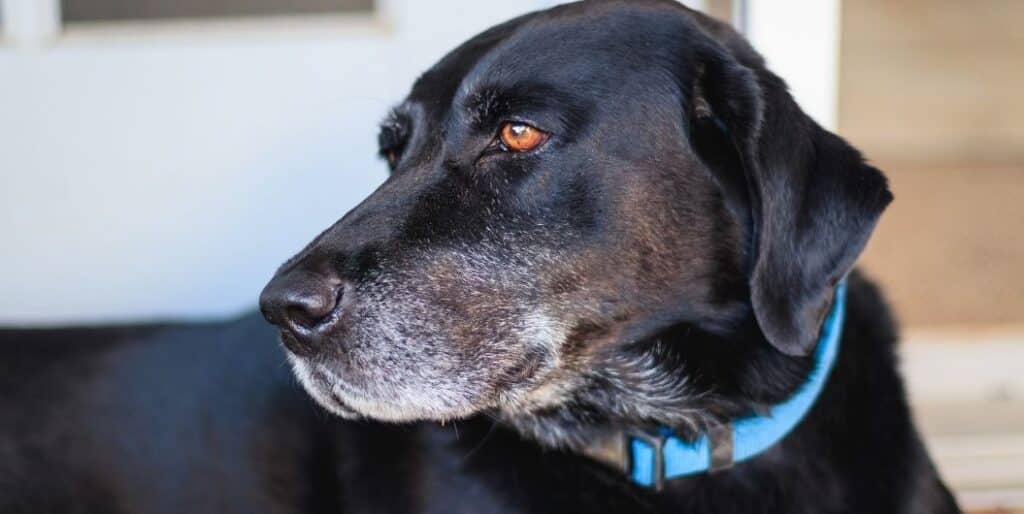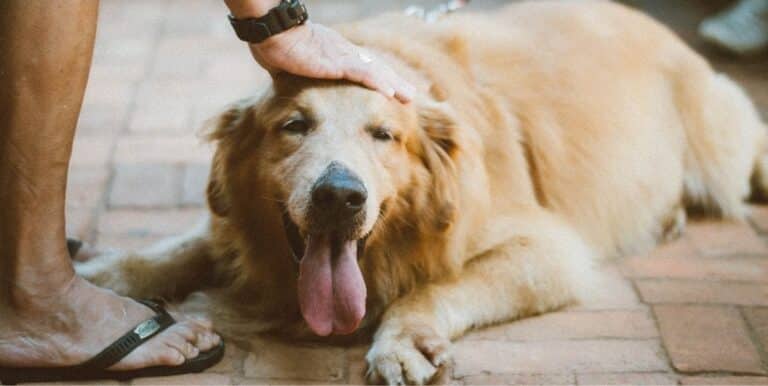What Is Black Dog Syndrome?

Although official statistics on the phenomenon are hard to find, many animal shelter workers have reported that larger dogs with black coats are routinely the most difficult to adopt out. A significant number of visitors to rescue shelters will seek out smaller dogs with lighter coats, leaving an unnaturally high number of black dogs to face long stays in cramped quarters, and these dogs are more likely to be scheduled for euthanasia as a means of population control. Among animal rescue workers, this apparent bias against certain dark-coated breeds is known as black dog syndrome.

One of the most common reasons given for black dog syndrome is a reluctance to adopt certain breeds of dogs because of their perceived aggressiveness. Many of these breeds tend to have black coats, such as black Labrador retrievers, Rottweilers, Doberman Pinschers and pit bull mixes. When faced with a choice between a black pit bull puppy and a golden retriever, for example, a potential pet owner often views the lighter colored dog as less aggressive or safer around small children. Larger black dogs are regularly judged by the reputation of their breed as a whole, not by their individual demeanor.
Some also believe the syndrome is a result of guilt by association. For centuries, black cats have been viewed as harbingers of evil or bad luck. This superstition-based opinion of black cats may also create a negative opinion of black dogs as well. Large, aggressive dogs with black coats have routinely been portrayed as dangerous to those around them. This is one reason many dogs used for security purposes have dark coats.

Black dog syndrome can also be triggered by a concern over the shedding of hairs on rugs and furniture. Hairs shed by black dogs are often more visible than hairs shed by lighter colored dogs. Although many larger black-coated breeds do not shed nearly as much as their lighter coated counterparts, their dark fur may show up more distinctly against lighter rugs and couches. A black dog may also turn grayer or whiter in the muzzle area sooner than a light-coated dog, which gives it an older appearance in the shelter.
There are several things a dog rescue shelter or private seller can do to avoid black dog syndrome. One way is to photograph the black dog against a brighter, more visually appealing background. Black dogs tend to fade into the background when not properly lit, which can make them less appealing than other breeds. Another tip is to heavily promote the benefits of darker coated dogs whenever possible. In other words, shelter workers should sell the breed, not the color. Many potential pet adopters would consider a larger black dog with a gentle disposition than a smaller dog with too much energy. Anything that can be done to prevent future cases of black dog syndrome is certainly worth pursuing.






